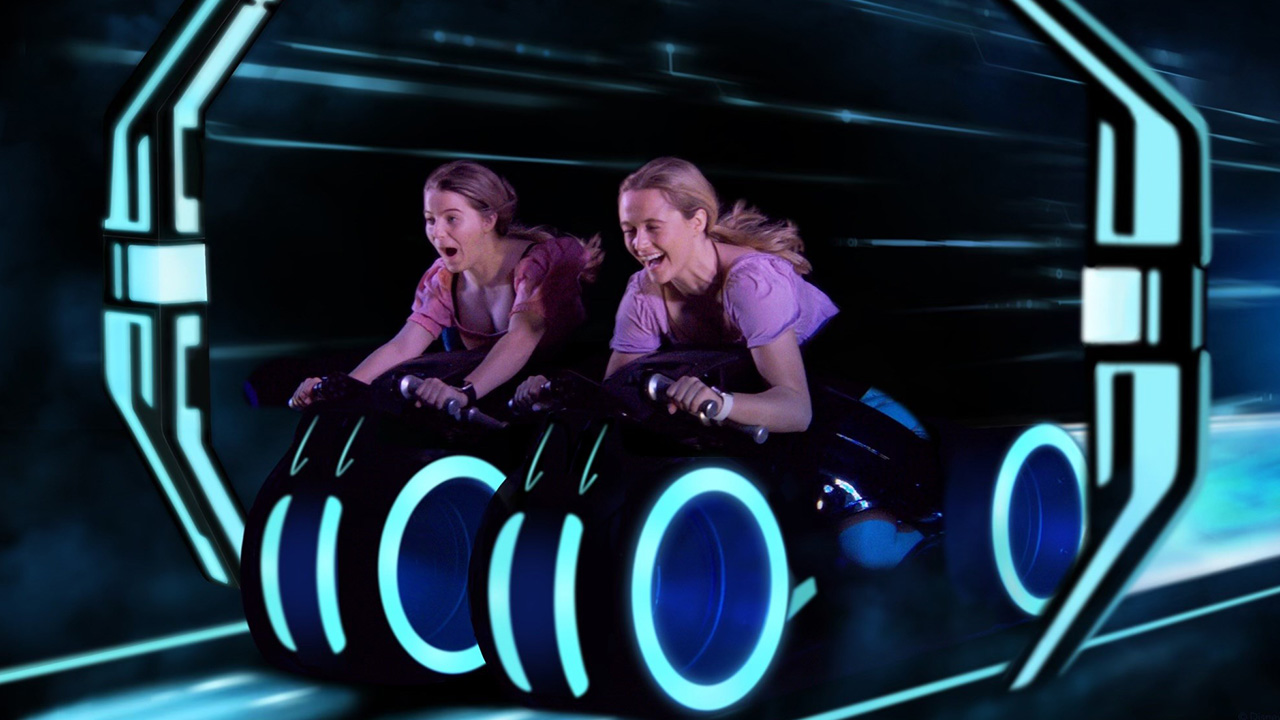content body
Imagine a day in your favorite amusement park: the smell of delicious food, the screams of riders on a roller coaster, the trees providing shade from the summer heat and the pristine look of everything around you.
While you may not realize it, every aspect of your theme park experience has been carefully crafted by professionals from a wide range of fields, and Auburn University’s campus is home to dozens of students who are planning for careers in creating those theme park experiences.
These students are members of Theme Park Engineering and Design (TPED). Currently housed in the Samuel Ginn College of Engineering and 110 members strong, the group includes students from a variety of majors, including architecture, landscape architecture, industrial design, building science, environmental design, engineering, agriculture, professional flight, studio art/animation, business and marketing.
Caroline Scalora, a fourth-year architecture student in the College of Architecture, Design and Construction, serves as the organization’s president.
“We have mechanical engineering, industrial engineering, aerospace — all the engineering majors,” she said. “We’ve gotten a lot more business students recently, and I’m excited for that, since we have worked hard to showcase that our organization is welcoming to all majors. We also have some agriculture students who want to go into the innovative technology behind more sustainability-related things happening in theme parks.”
Scalora knows a lot about theme park design, having interned for the firms LRK and Helman Hurley Charvat Peacock/Architects Inc. in Orlando, Florida, and she’s about to learn even more this summer during her internship at Universal Studios Florida. She has witnessed how the interdisciplinary nature of TPED mirrors what happens in the industry.
“Because I have worked in a project management role, I was able to see a ton of different consultants in engineering, industrial design and landscape architecture, all collaborating on the phone and on Zoom every day to create these immersive spaces,” she said. “The best example I can give is, you’re walking down Disney’s Main Street, and there’s a smell of cotton candy. Well, that smell was designed by an engineer and hidden in a building by an architect, and the grass, pavement, trees and other visual elements are executed through landscape architecture and civil engineering.”
Amusement park tips from the pros (the TPED executive board)
- Going to a park isn’t just about riding rides — The park itself is the experience. Make sure to enjoy the scenery and find the little nooks and secrets the park designers created for guests.
- Don’t focus only on short wait times and running back and forth. Take it easy, find a good snack and picnic in a fun themed area.
- Make sure you bring lots of water and stay hydrated!
- Start the day by arriving early in the morning to hit the major attraction of your choice, then explore some of the less popular offerings around the park before their lines get crowded.
- Bring lots of sunscreen for summer park day visits!
- Some of our favorite theme park experiences are food festivals. Research the “other” experiences theme parks have to offer — character meet and greets, exciting dining offerings and nighttime spectaculars — to make the most of your visit.
- Many theme park resorts around the world offer exciting things outside of the parks. Explore the themed hotels and pools, shopping and dining experiences or even outdoor sports experiences they have to offer.
At each of TPED’s weekly meetings, students give a presentation on a specific area of amusement park design and then guide the group in a hands-on learning project. In recent meetings, they have explored costuming, ride queues, set design, lighting and projection, food and beverages and merchandise. Isabella Williams, an information systems management student in the Harbert College of Business, feels experiences like these helped prepare her to intern in operations logistics at Dollywood in Tennessee this summer.
“Through my involvement in the club and participating in activities, TPED undoubtedly played a pivotal role in preparing me for my internship,” she said. “I am obsessed with everything related to theme parks, and I can’t wait to immerse myself in the vibrant atmosphere and contribute to the magic of the theme park experience for visitors.”
In addition to meetings, TPED members can participate in theme park design competitions, including the Toronto Metropolitan University Thrill Design Competition, where enjoying a day in the park is part of their research. They also attend conventions to learn about current issues in the industry that include safety standards and sustainable theme park practices.
One of the most exciting developments for the club is the creation of an alumni network. Founded by Scalora, this group of recent graduates is ready and willing to help TPED members get started in the amusement park industry. While these alumni are spread across the country, many have ended up in Florida, including past TPED president Karena Heitzman, an architectural designer at BRPH in Orlando; Joey Roh, a project engineer with the Whiting-Turner Contracting Company in Orlando; and Trevor Hallett, a technician at Birket Engineering in Winter Park.
Not interested in theme parks? Auburn has hundreds of other student organizations.
Find a club that’s right for youBetween competitions, conventions and weekly meetings, club members gain a wide range of experiences before entering the industry. Couple those with an Auburn education and a strong alumni network, and TPED members are ready to hit the ground running when they graduate.
“I’ve trained for the traditional role of an architect here at Auburn, but everything you see in theme parks is architecture, too — it’s all design,” Scalora said. “I’m just a girl with a dream from Delaware. I made the jump to Auburn, and I never would have guessed I would be surrounded with this community that could get me so far and inspire me to reach my dream.”











